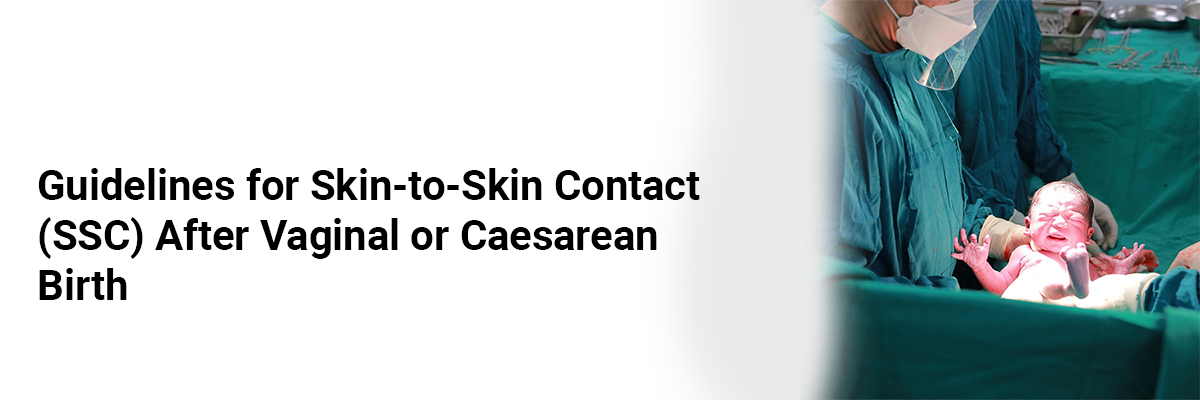
Guidelines for Skin-to-Skin Contact (SSC) After Vaginal or Caesarean Birth
Skin-to-skin care (SSC) is essential for parents and infants during the neonatal period and should begin immediately after birth in all settings, including at home. Evidence shows SSC enhances breastfeeding, improves infant stability and temperature regulation, and reduces pain and stress. It fosters parent-infant bonding, supports neurodevelopment, and benefits parental mental health. SSC is advised as best practice and is safe for both term and preterm infants. Healthcare professionals should make that SSC is a safe and enjoyable experience for families, even though the advantages typically outweigh the dangers. This approach emphasises individualised communication while acknowledging the particular needs of every family.
Skin-to-skin care (SSC) immediately following vaginal or caesarean birth:
1) Educate parents about the best timing and numerous advantages of SSC, stressing the importance of prioritizing the birthing parent for this practice. Ensure that parents' informed choices are included in their birth plan.
2) After delivery, place the baby face down on the birthing parent's bare chest, ensuring the baby's face is visible, back is rounded, and head, neck, and back are aligned with limbs flexed and hands positioned for comfort. Avoid any excessive extension of the head or rotation of the shoulders or hips. Following the guidelines of the Neonatal Resuscitation Program, dry, stimulate, and evaluate the baby for term, tone, and breathing or crying while maintaining SSC unless resuscitation is necessary.
3) Remove any wet linens.
4) Cover the infant up to the shoulders or neck with a blanket and put a pre-warmed hat on the baby's head to help regulate body temperature.
5) Throughout SSC, ensure the infant stays upright, with the face uncovered, neck straight or slightly extended, and limbs flexed.
6) Avoid interrupting SSC for at least the first hour after birth or until the first breastfeeding session is complete and routine medications have been given.
7) Monitor the parent-infant pair during the first hour after birth. If either the infant or birthing parent becomes unstable or too fatigued to maintain a safe position, SSC can be taken over by the other parent or a designated caregiver.
8) Continue to observe and document the dyad according to local protocols.
Source: Altit G, Hamilton D, O’Brien K. Skin-to-skin care (SSC) for term and preterm infants, Paediatrics & Child Health. July 2024;29(4):238-245. https://doi.org/10.1093/pch/pxae015


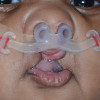
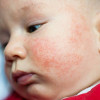

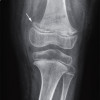
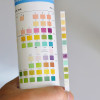

Please login to comment on this article